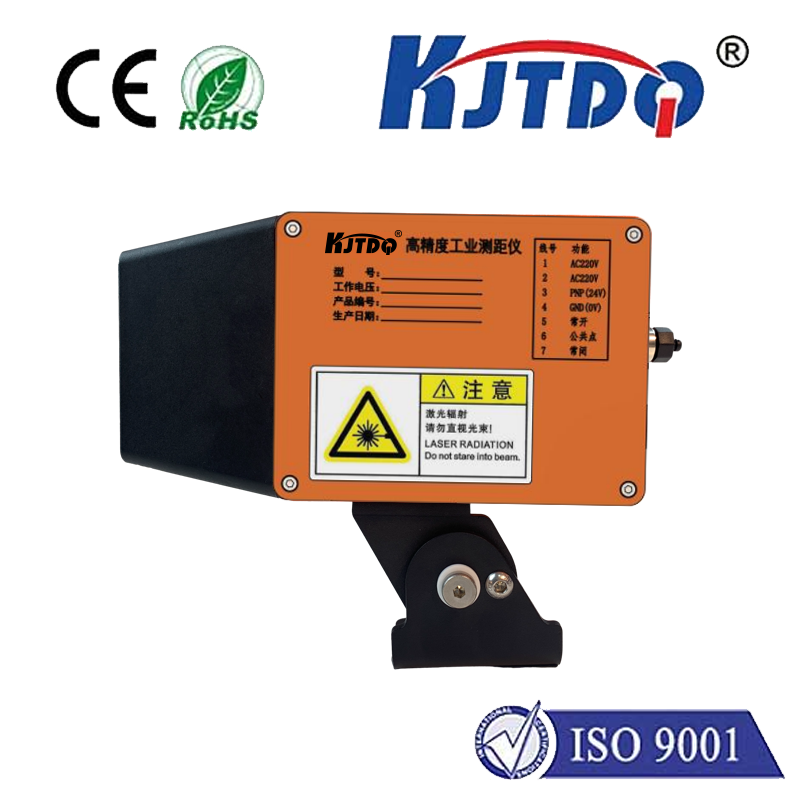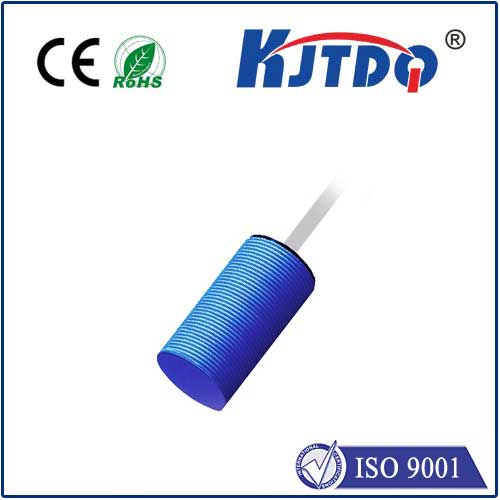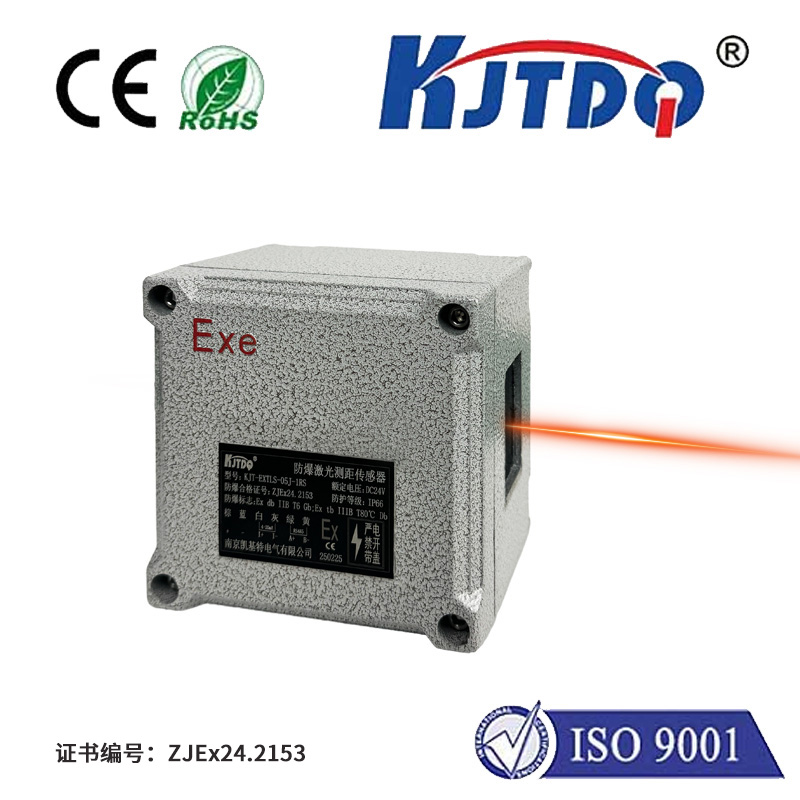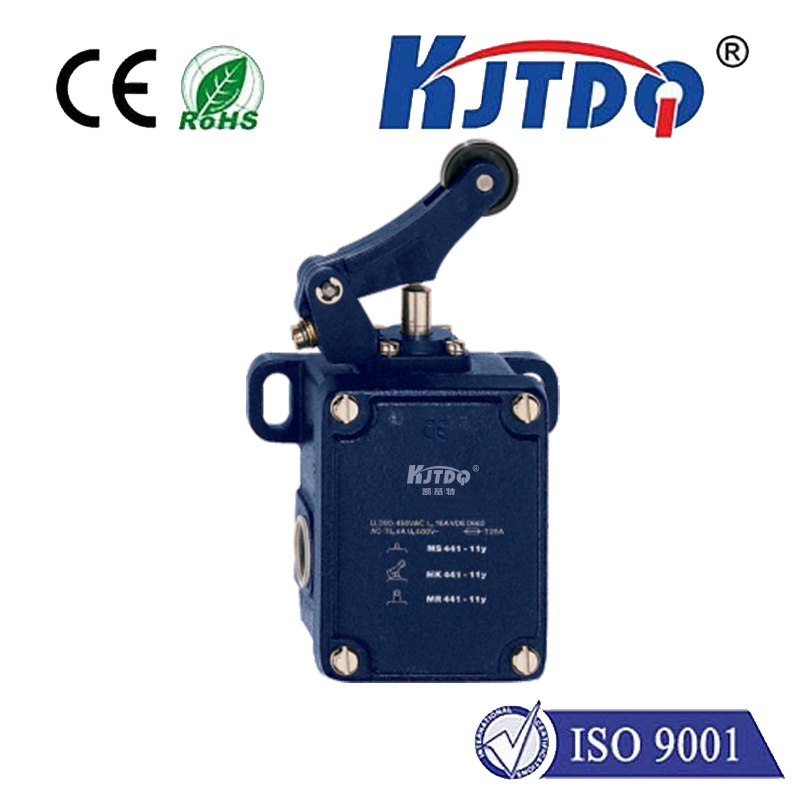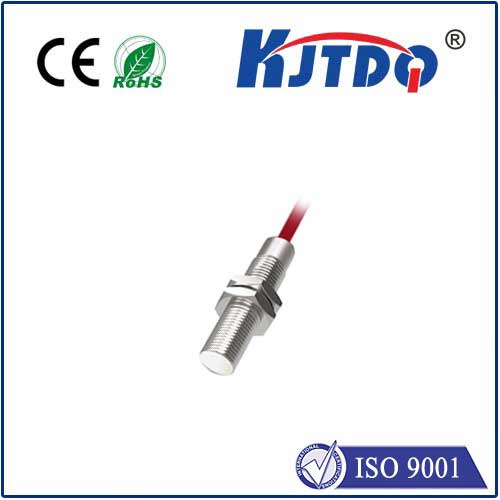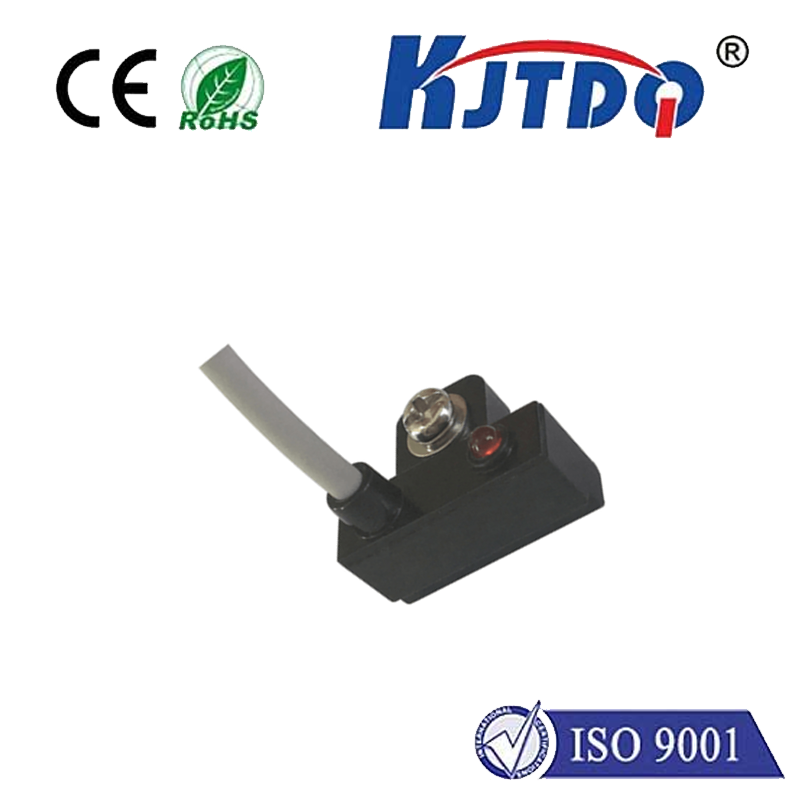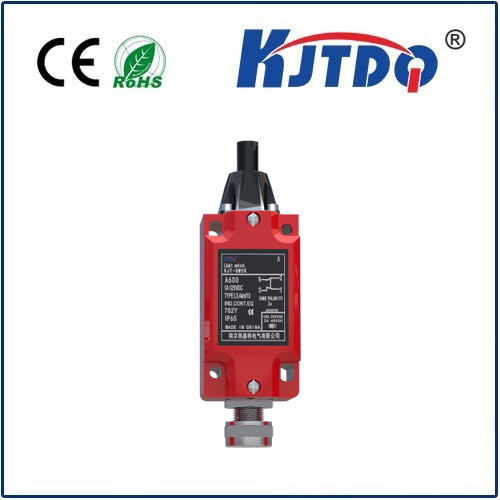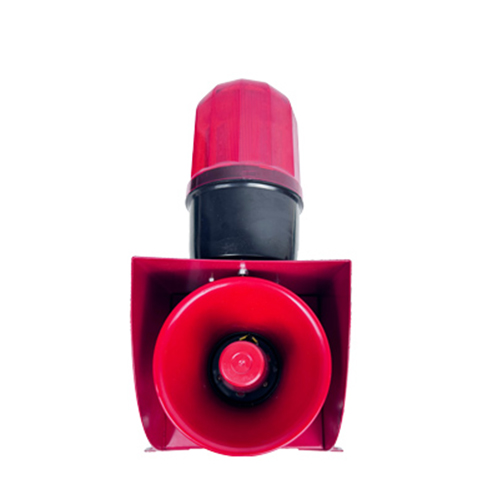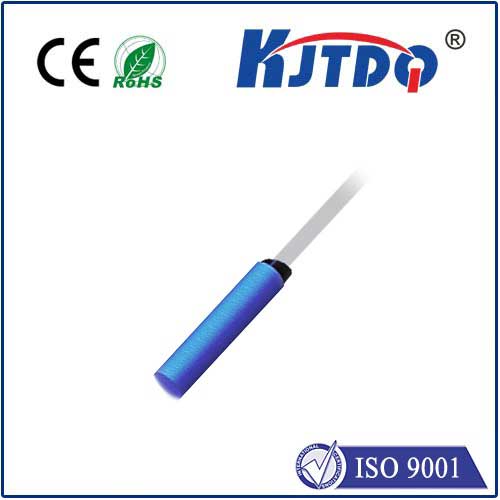

check

check

check

check
How Sensor Proximity Switch Technology Revolutionizes Industrial Automation
The clunk of a mechanical limit switch, the strain of aligning parts for contact—these were once unavoidable realities in factories. Today, a silent sentinel performs these tasks effortlessly: the sensor proximity switch. This unassuming device acts as the nervous system of modern automation, detecting object presence without physical touch, enabling smoother, faster, and more reliable operations. Its ability to function flawlessly in harsh environments makes it indispensable across countless industries, from high-speed packaging lines to intricate robotic assembly.
Demystifying the Proximity Sensor Switch: Core Principles
At its heart, a proximity sensor switch is a non-contact electronic device designed to detect the presence or absence of a target object within its sensing range. Unlike mechanical switches requiring physical bumping or pressing, proximity sensors achieve detection through completely contactless methods.
The key lies in generating an electromagnetic field or beam from the sensor face. When a target object enters this active field, it interrupts or alters the field’s properties. The sensor’s internal circuitry meticulously monitors these changes. Once the alteration exceeds a predefined threshold—indicating the object is sufficiently close—the sensor instantly triggers an electrical signal switch. This signal change is its output, typically opening or closing an electrical circuit.
Different Flavors: Primary Proximity Sensing Technologies
While the core function is unified, proximity sensors employ distinct physical principles:
Inductive Proximity Sensors: The undisputed workhorses for metal detection. They generate an oscillating electromagnetic field. When a ferrous (iron-based) or non-ferrous (like aluminum, brass, copper) metal target enters this field, it induces eddy currents on the metal’s surface. These currents draw energy from the sensor’s oscillator, dampening its amplitude. The sensor detects this energy loss and triggers its switch state. Key advantages include immunity to dirt, dust, oil, and non-metallic contaminants, making them ideal for rugged industrial settings like machine tools and conveyor systems. Sensing ranges typically range from 1mm to 40mm, depending on the sensor size and target material.
Capacitive Proximity Sensors: Masters of versatility, detecting almost any material, including metals, plastics, glass, wood, liquids, powders, and even granular substances. They operate by establishing an electrostatic field between two electrodes (often the sensor face and its internal circuitry). Any object entering this field alters its capacitance. The sensor detects this change and switches its output. Their ability to sense through non-metallic barriers (like plastic bins or glass panels) is a significant advantage. Applications include level detection in tanks (liquid or solid), presence sensing of plastic bottles, and detecting wood panels. Sensing ranges are generally shorter than inductive types, often up to 25mm.
Magnetic Proximity Sensors: Designed specifically to detect permanent magnets. They commonly use reed switches (glass tubes filled with inert gas containing ferromagnetic reeds that close under magnetic force) or Hall Effect sensors (semiconductor devices generating a voltage when exposed to a magnetic field). These sensors are paramount in scenarios requiring hermetic sealing, such as sensing pneumatic cylinder piston position (via a magnet embedded in the piston) or detecting moving parts in clean or hazardous environments where sensors must be isolated.
The Profound Impact: Why Proximity Switches Are Irreplaceable
The adoption of proximity sensors over mechanical alternatives delivers transformative benefits:
Where the Magic Happens: Ubiquitous Applications
Sensor proximity switches are the silent orchestrators behind countless industrial and commercial processes:
Integrating Proximity Switches Effectively
Successful implementation hinges on several factors:
From enabling the high-speed ballet of modern manufacturing to ensuring the quiet reliability of everyday conveniences, sensor proximity switches embody the principle of doing more with

